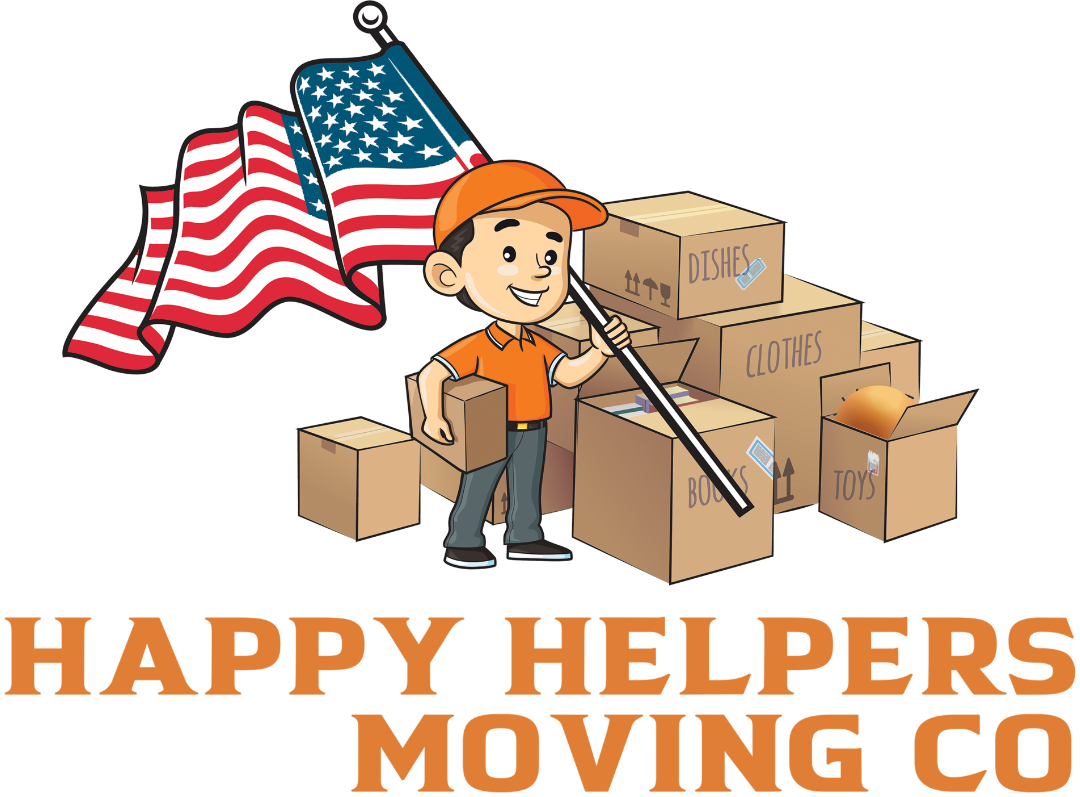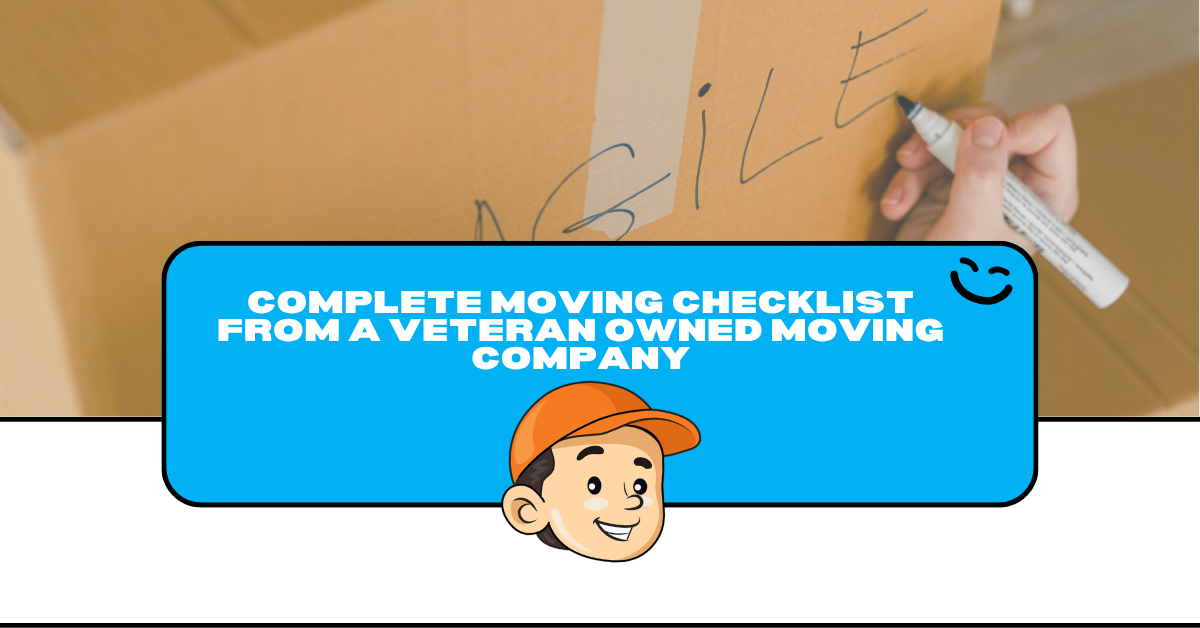Top 7 Kid-Friendly Attractions in Sarasota, FL for Families to Explore
Relocating to the city of Sarasota, FL, is a dream for many families—and it’s no surprise why. From pristine beaches to a strong sense of community, Sarasota is one of Florida’s most welcoming cities for newcomers. But what makes it even more special is the abundance of fun, educational, and exciting attractions designed specifically for kids. Whether your little ones are budding scientists, nature lovers, or adventure seekers, Sarasota has something to keep them entertained and engaged.
Exploring these kid-friendly attractions is the perfect way for families to bond, get to know their new hometown, and embrace Sarasota’s vibrant lifestyle. Ready to uncover the best spots for your kiddos? Here are the Top 7 Kid-Friendly Attractions in Sarasota, FL, guaranteed to bring smiles (and maybe a little sand) to your family.
1. The Ringling Museum & Ca' d’Zan
Location: Bayfront Downtown Sarasota
What child wouldn’t love a dose of circus magic? The Ringling Museum is so much more than an art museum—it’s home to the Circus Museum and the historic Ca' d’Zan mansion. Kids can marvel at antique circus wagons, colorful artifacts, and even walk a tightrope in the interactive circus gallery.
Why It’s Awesome for Kids:
- The Circus Museum is filled with interactive exhibits, costumes, and hands-on activities.
- Beautiful open grounds to run around and enjoy, complete with gardens and banyan trees.
Who Visits: Families looking for educational fun mixed with some Sarasota history.
Pro Tip: Check the schedule for family-oriented programs or performances during your visit.
2. Sarasota Jungle Gardens
Location: North Sarasota
For over 80 years, Sarasota Jungle Gardens has been a tropical paradise for kids and adults alike. This lush attraction is home to exotic animals, botanical gardens, and kid-friendly animal encounters designed to spark curiosity.
Why It’s Awesome for Kids:
- Kids can get up close with parrots or even hand-feed flamingos in the Flamingo Lagoon.
- Daily animal shows featuring reptiles, exotic birds, and even alligators.
Who Visits: Families, wildlife enthusiasts, and school groups exploring Sarasota’s wilder side.
Pro Tip: Pack sunscreen and comfortable shoes—this tropical gem has plenty to explore!
3. Mote Marine Laboratory & Aquarium
Location: Lido Key
Underwater explorers will LOVE the Mote Marine Laboratory & Aquarium, where kids can discover the wonders of Sarasota’s marine life. With hands-on exhibits, touch tanks, and educational programs, Mote creates an up-close-and-personal look at the beauty beneath the Gulf.
Why It’s Awesome for Kids:
- Touch tanks where kids can feel stingrays and other sea creatures.
- Learn about sharks, manatees, and sea turtles in their natural habitats.
Who Visits: Budding marine biologists, curious little ones, and families seeking an educational outing.
Pro Tip: Plan some extra time at the manatee and sea turtle research areas—they’re always a hit.
4. Children’s Garden and Art Center
Location: Downtown Sarasota
A whimsical wonderland awaits at the Children’s Garden and Art Center, where imagination rules. This compact but magical spot is perfect for younger children who can’t wait to explore castles, secret gardens, and interactive zones.
Why It’s Awesome for Kids:
- Kids can dress up, play pretend in the castle, or hunt for hidden treasures.
- Fun, hands-on crafts and activities focus on art and creativity.
Who Visits: Families with little kids and creative minds ready for adventure.
Pro Tip: The garden is small but packed with interactive fun—perfect for an afternoon visit with young ones.
5. Big Cat Habitat and Gulf Coast Sanctuary
Location: East Sarasota
Animal lovers rejoice! Big Cat Habitat is a nonprofit sanctuary that rescues big cats, bears, and other wildlife, offering kids a unique opportunity to learn about these majestic creatures.
Why It’s Awesome for Kids:
- See lions, tigers, and bears up close in a safe, educational environment.
- Daily animal demonstrations teach kids about conservation and wildlife preservation.
Who Visits: Families who love animals and are interested in supporting a great cause while having fun.
Pro Tip: Bring water and snacks—it’s a big outdoor space that’s fun to explore at your own pace.
6. Siesta Key Beach
Location: Siesta Key
No Sarasota experience is complete without taking the kids to Siesta Key Beach, consistently ranked among the best beaches in the world. With its powdery quartz sand, shallow waters, and plenty of amenities, this family-friendly beach is a paradise for parents and kids alike.
Why It’s Awesome for Kids:
- Shallow waters make it ideal for younger children to splash and play safely.
- Ample space for sandcastle building, kite flying, or running along the shore.
Who Visits: Families looking for a relaxing beach day under the Florida sun.
Pro Tip: Arrive early to snag parking and set up in the shade for an all-day beach outing.
7. Payne Park’s Circus Playground
Location: Central Sarasota
Payne Park is a family favorite in Sarasota, thanks to its Circus Playground inspired by the city’s rich circus heritage. Featuring colorful, climbable circus-themed structures, it’s an absolute blast for kids of all ages.
Why It’s Awesome for Kids:
- Slides, swings, and circus tents to climb and explore—perfect for burning off energy.
- A shaded splash pad provides a fun way to cool off in Sarasota’s warm weather.
Who Visits: Families with active kids who love outdoor play.
Pro Tip: Pack a picnic and enjoy lunch in one of the park’s shaded seating areas after playtime.
Watch Your Kids Thrive in Sarasota
Moving to Sarasota with kids means adventures await around every corner. From feeding flamingos at Jungle Gardens to splashing in the waves at Siesta Key, the city’s attractions help families create moments they’ll never forget. Plus, with so many parks, beaches, and exciting places to visit, kids in Sarasota have the perfect environment to learn, grow, and just be kids.
Relocating with a family doesn’t have to be stressful. Let Happy Helpers Moving take care of your move, so you can spend more time exploring everything Sarasota has to offer. With their expertise, you’ll be settled into your new home in no time, ready to explore these amazing kid-friendly spots.
Welcome to your new family adventure in Sarasota! It’s time to make memories together—one fun-filled outing at a time.





